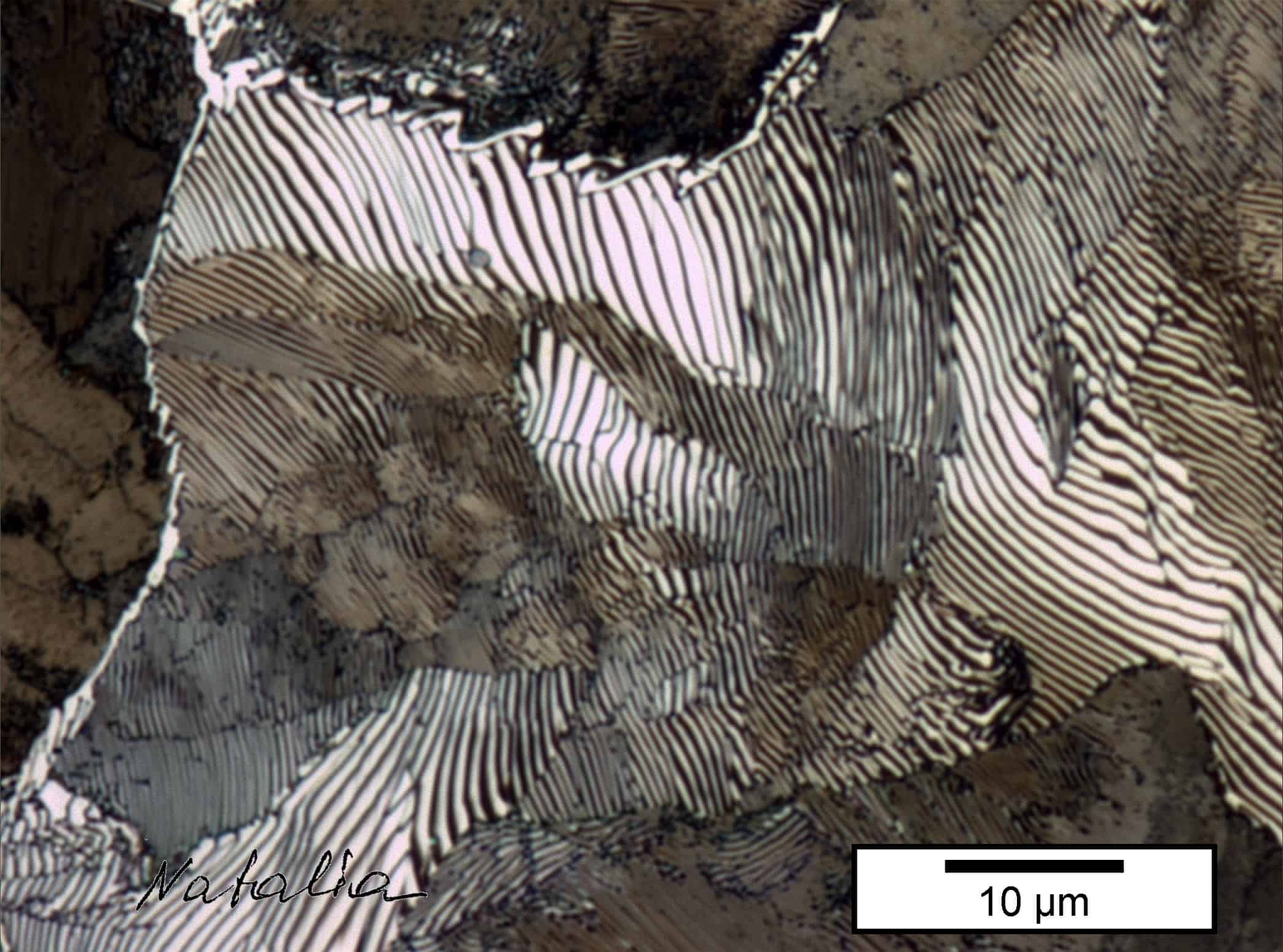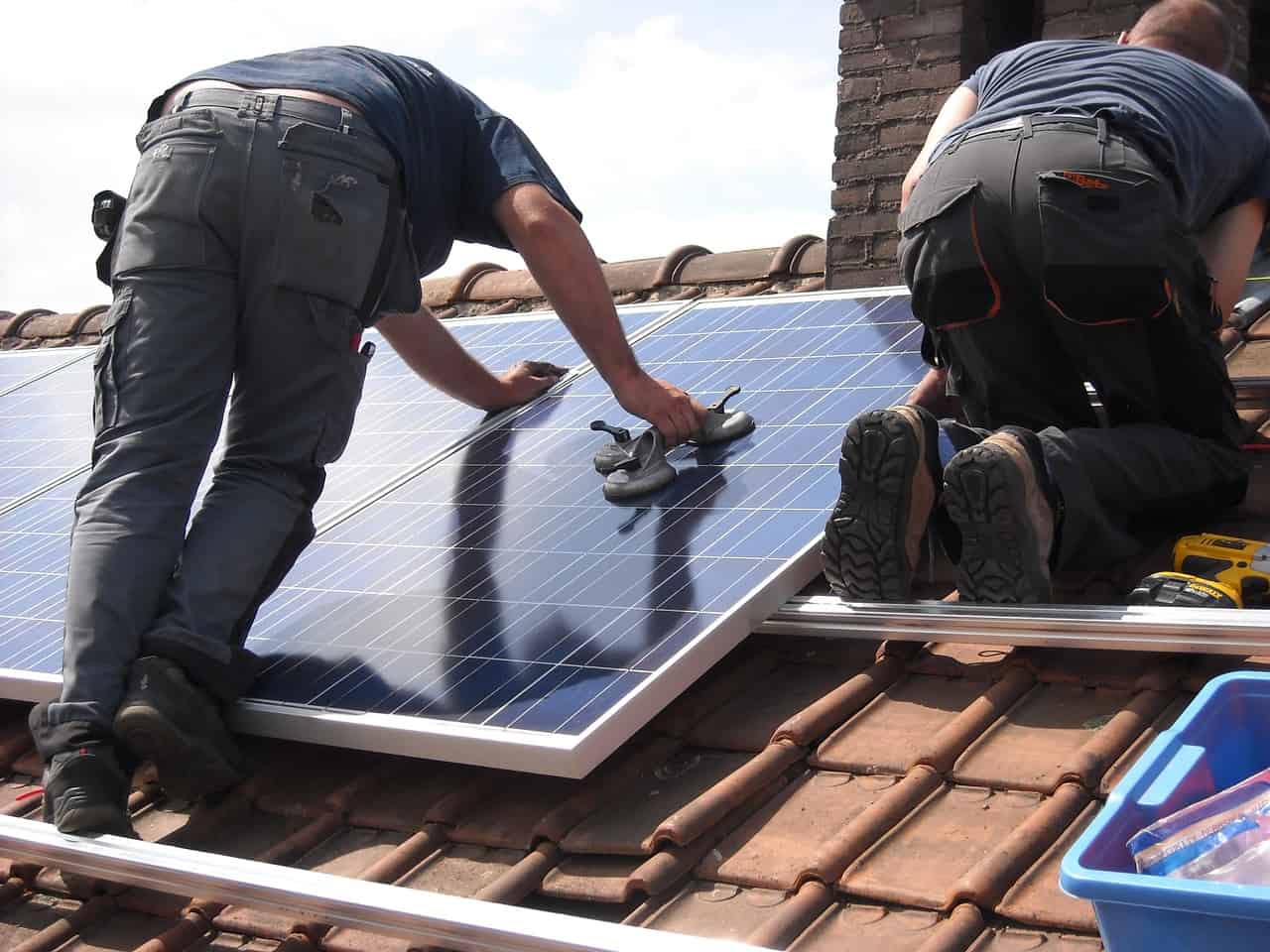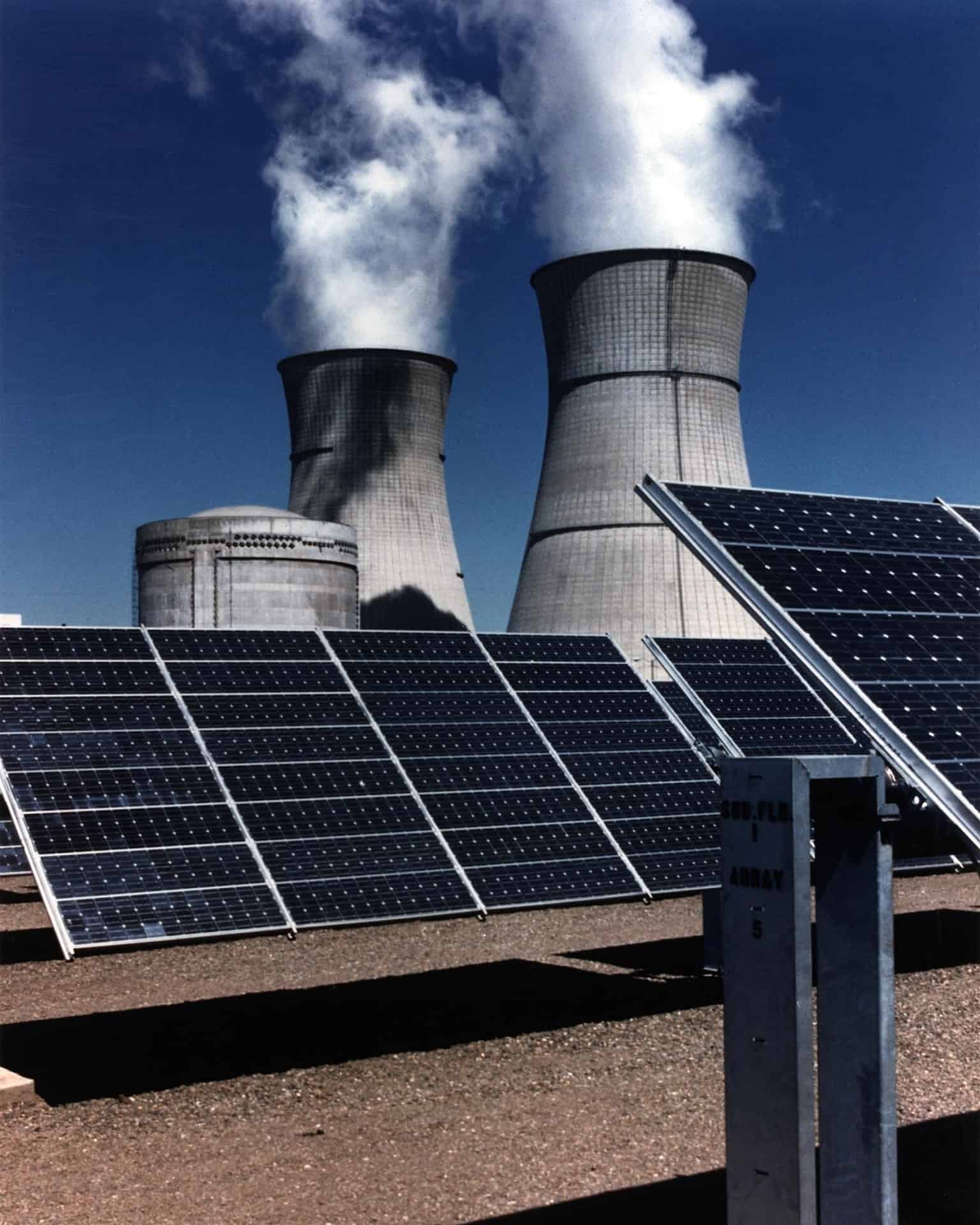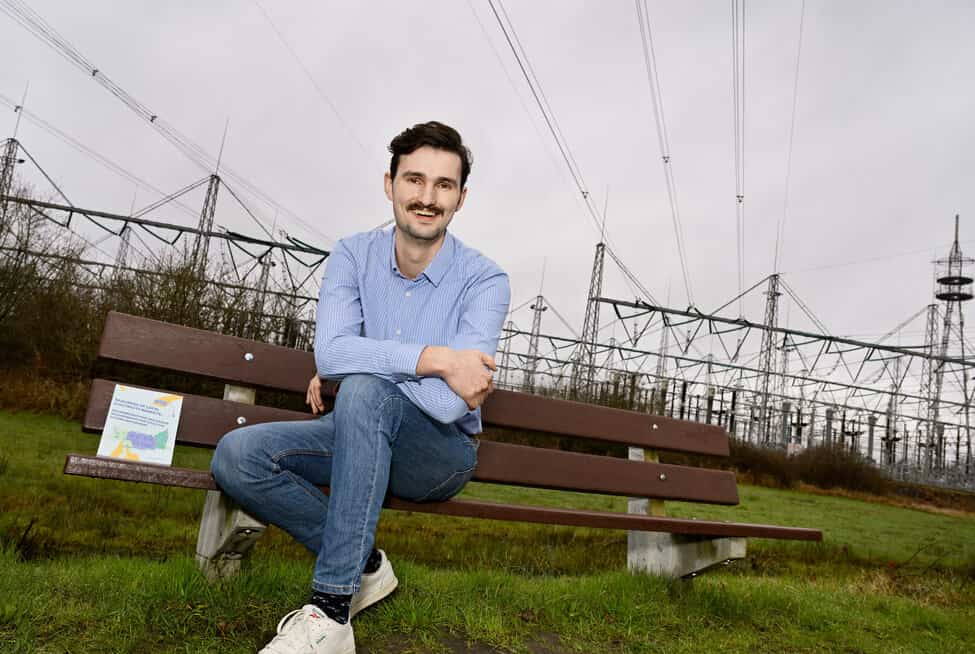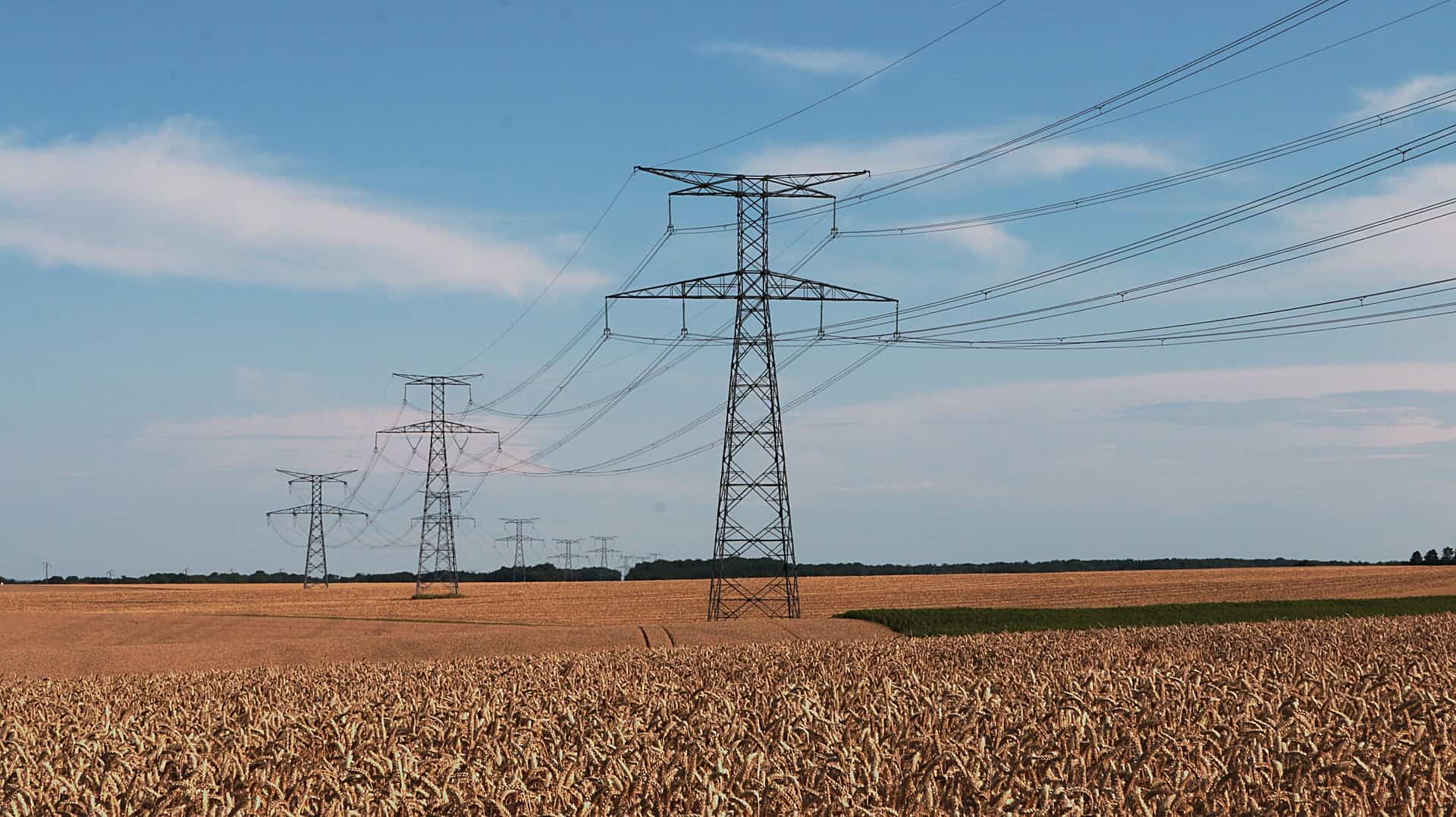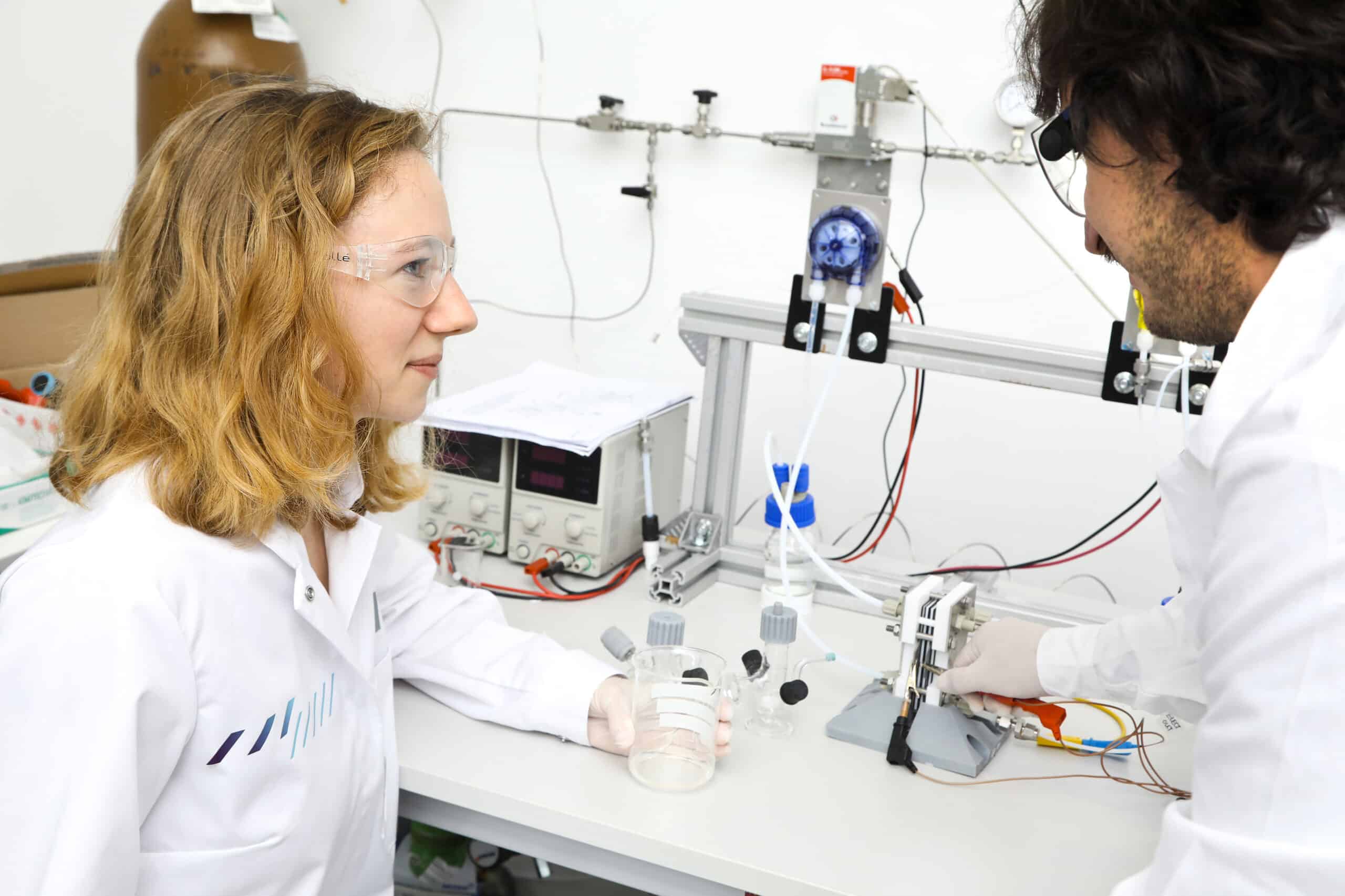
Russia’s war of aggression on Ukraine and the resulting geopolitical situation has once again highlighted the urgency of renewable energy. Among the great hopes is hydrogen, which has the ability to store electricity from renewable sources such as biomass, wind and solar. But so far, environmentally-friendly hydrogen can only be produced using costly processes and is thus only available in small quantities. Green hydrogen would be a good solution for energy-intensive industries, among other things.
To accelerate the availability of green power, the Graz University of Technology and the Austrian Institute of Technology (AIT) in Vienna want to step up the development of innovative and efficient technologies for the production of green hydrogen. These research institutions will launch a joint doctoral program in the field of hydrogen technologies in the summer semester of 2023. The program will focus on high-temperature electrolysis (HTE), also known as SOECs (solid oxide electrolyzer cells). The process is still relatively new, but promising, and the researchers want to achieve overall improvements. Both the materials and the system structure of the HTE and its integration into industrial processes will be the topics of research.
We interviewed Prof. Christoph Hochenauer, who conducts research at the Institute of Thermal Engineering at the Graz University of Technology, on this topic:
Why is it that green hydrogen still can’t be produced on a larger scale?
Green electricity is electricity produced from renewable sources, such as biomass, photovoltaics, or wind power, and there is still far too little of it in Central Europe. We cannot produce green hydrogen with non-existent renewable energy. So much for the economic perspective.
What are the technological shortcomings of green hydrogen?
Current electrolyzers still have a fairly low efficiency of 50 to 60 percent, and that applies to both alkaline electrolysis and proton exchange membrane (PEM) electrolysis. This means that from 100 percent electrical energy, only 50 to 60 percent chemical energy can ultimately be obtained in the form of green hydrogen. The rest is heat loss, which can barely be used, if at all. The current low electrolysis efficiencies mean that it is still not attractive to produce green hydrogen, and especially not if we have too little renewable electricity.

What do these hurdles mean for your research goals?
Our research goal is to increase the efficiencies of electrolysis on a large scale. We are focusing on high-temperature electrolyzers, which we have been researching for a long time. In high-temperature electrolysis, water vapor is split into hydrogen and oxygen at temperatures between 750 and 850 degrees Celsius. If electricity from renewable sources is used for this, green hydrogen is produced with an efficiency of up to 85 percent. With these values, it is significantly better than anything previously seen in the electrolysis sector. We want to continue making significant improvements in this area.
What level of research are you building on in the new PhD program and what challenges do you have to overcome?
We started our research 10 years ago at the single-cell level. At that time, the cells delaminated relatively quickly, that is, they disintegrated into individual parts after a short time. Five years ago, we reached the point where the cells were durable, but we still had major leakage problems with the connection of cells and the casings. The HTE is operated at a temperature of 850 degrees, which entails red-hot casings that are not easy to seal. We solved this problem, too. Three years ago, we moved away from single cells and built cell stacks, so-called stacks. These are currently running quite reasonably with an efficiency of 80 to 85 percent but still suffer from excessive degradation. One of the current challenges is to reduce degradation and thus improve durability.
Is degradation about material science?
Exactly. The cells degrade with various degradation effects, such as deposits, delamination, grain coarsening, and the like. It reduces the efficiency of the electrolyzers, which gets progressively worse over time. It’s not a showstopper for this technology, but something to keep an eye on.
What other challenges are you facing?
The operating strategy of the high-temperature electrolyzer is also still more or less unexplored. Renewable energy is variable, so future electrolyzers must be able to operate with variable loads. In the newly-created PhD program, we will investigate how to move away from permanent full load operation towards load variance.
If you have an electrolyzer with, for example, 500 kilowatts of connected load, then a full load means operating it permanently with 500 kilowatts of connected load – 24/7, 365 days a year. But the electricity from sun and wind that we want to convert into hydrogen fluctuates greatly. We must be able to use this existing wind and solar profile in the power grid with our high-temperature electrolyzers to operate with variable loads.
Once we have succeeded in making this technology durable, i.e., in containing degradation and making operation variable in terms of load, we will have gigantic potential ahead of us. We will then be able to offer electrolyzers at incomparably low cost, because we only use low-cost materials in our HTE, such as ceramic materials and nickel as a catalyst. The material costs of all parts and components of an HTE are very low.
Does this also involve researching new materials?
For the electrolytes, we will build on existing materials, and for the fuel electrode, we will also keep using nickel, which is readily available. But in the case of the oxygen electrode, many materials are currently under discussion, and it is not yet entirely clear which materials will prevail in the long term. That’s why we will be taking a closer look at the material of the oxygen electrode in this project.
How and where could green electricity generated this way be used in industry?
Everywhere where hydrogen is currently already needed, green hydrogen from solar and wind power will be possible in the future by means of high-temperature electrolysis. Examples include the chemical and petrochemical industries. And if more renewable electricity is available in the future, it will be possible to take this further and use these electrolyzers to make this electricity storable. In other words, renewable electricity can be converted into hydrogen using high-temperature electrolysis and stored for times when there is little renewable electricity in the grid. The stored hydrogen can then be converted back into electrical energy using fuel cells.
The system can be integrated into existing industrial plants and, apart from the high-temperature electrolysis, only requires components available on the market.
For more information on green hydrogen research at the Graz University of Technology, see the recently published Topic Dossier #4 Green Hydrogen – Hype or Hope?


